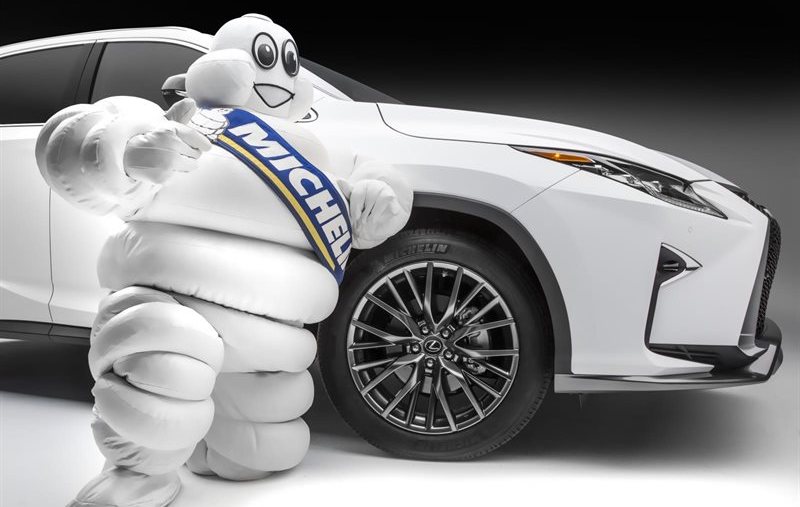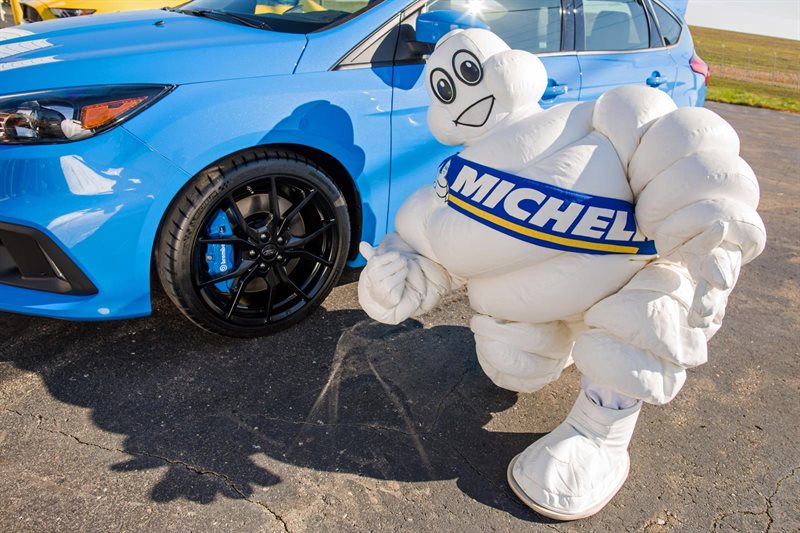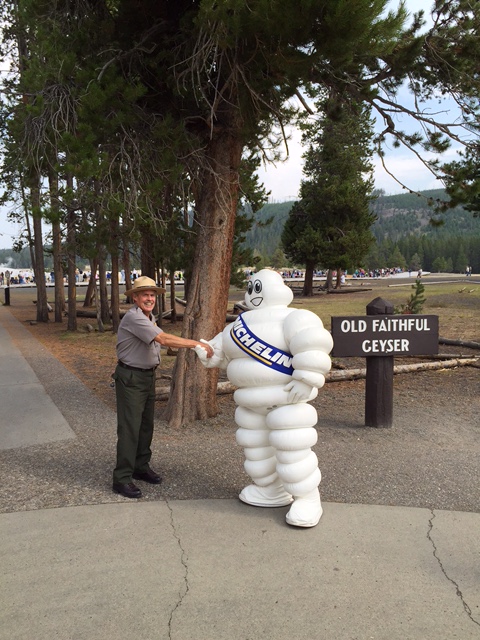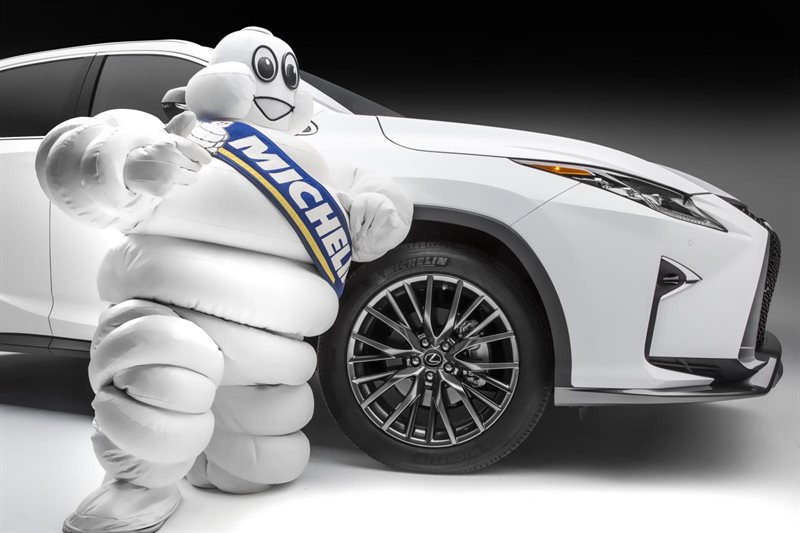
Why is the Michelin Tire Mascot White?
Whether you care about the brand of your car’s tires or not, chances are you’re familiar with the name Michelin. No matter what tires you prefer, chances are you know of the Michelin tire mascot, a pile of what looks like stacked marshmallows. Well, that mascot has a name, and if you guessed that he was actually supposed to be a pile of tires but were confused as to why he was white, you weren’t alone. There is a good reason that the Michelin mascot is white, however, and it seems to be a part of the history of tires most of us didn’t realize was there.
Tires weren’t always black
It seems like for as long as any of us remember, tires were black. Even the whitewall tires of classic cars had black tread, and chances are you don’t remember a time where things were any different. But, at the time of Michelin’s start, back when tires were composed of their original materials that were untreated, tires were actually white.

There is a good reason that they aren’t anymore
There is a lot of history as to why how the Michelin mascot came to be a human-shaped pile of tires that has developed and changed throughout the decades. In all of the changes that have been made, he has never been updated to represent tires as we know them: black. Perhaps they are just trying to maintain the branding and heritage of the company, or maybe the team at Michelin just doesn’t want to spend the time and money to practically rebrand.

Tires weren’t always black
When tires were first manufactured, they were a combination of pure rubber, some various chemicals, and zinc oxide, which is naturally pure white. This combination of zinc oxide and rubber is what made the first tires white, but it wasn’t very durable. To alter the chemical structure of the rubber and enhance the lifespan of the tire, carbon black was added to the mixture. At first, it was only added to the tread, leaving the inner face of the tire white, and whitewall tires as we knew them were born.
Eventually, the carbon black was used in the production of the entire tire, and since then they have been completely black. While tires may have changed over time, the Michelin man has not, and it is reminiscing of a time before tires were completely different.

You may have never wondered why the Michelin man resembles a pile of marshmallows rather than stacked tires, but the answer isn’t that complicated. While whitewall tires are still popular options for collectors of classic cars, almost no one remembers the days when tires were completely white.


